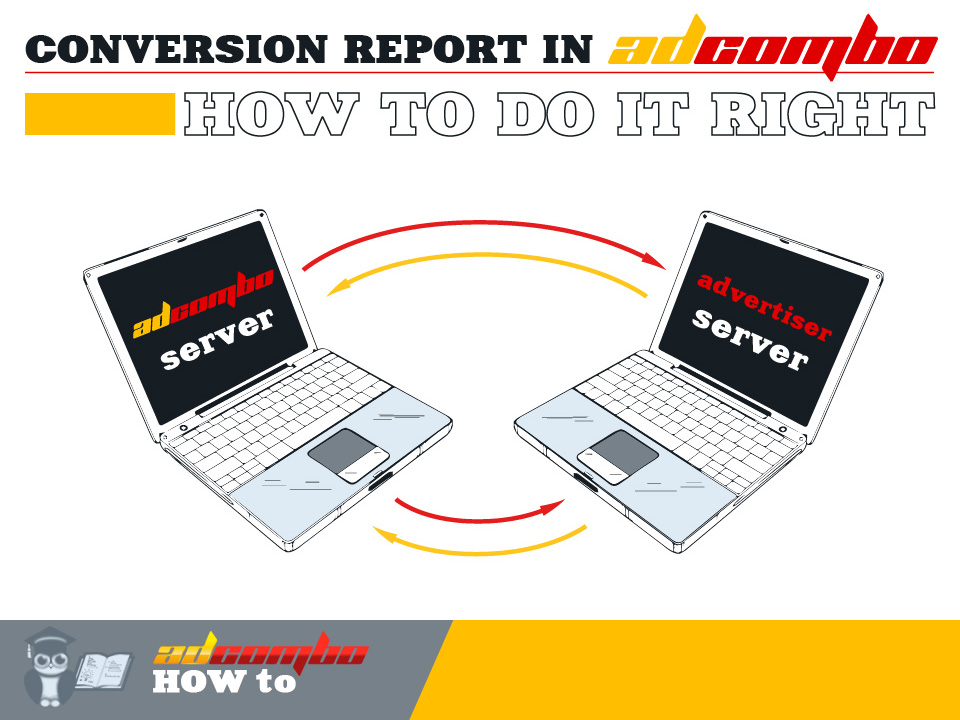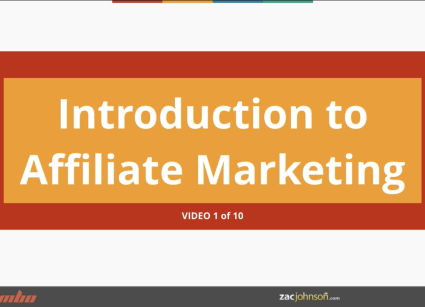-
 Conversion report in AdCombo (for advertisers)05.10.2016Reading Time: 3 minutes
Conversion report in AdCombo (for advertisers)05.10.2016Reading Time: 3 minutes(This article is relevant only to advertisers)
AdCombo is a custom in-house developed software platform which provides advertisers with qualitative leads and sales. We have traffic which our affiliates send to the offers, but advertisers are the ones who get real sales. More sales advertiser receives from publishers – more traffic he gets – more profit everyone gets.
That is why it’s important to know how to make a conversion report with a help of which it is possible to track users’ activities and collect all the data about conversions and leads.
There are three most popular ways how to create a conversion report for advertisers: by using an image pixel (or iframe which is quite similar), S2S PostBack or API Integration. First of all, it is important to notice that image pixel and S2S PostBack is not the same thing.
An image pixel is a special code (1×1 px hmtl <img> tag) which is placed on a success page – the final step of user’s actions. The aim of the tracking pixel is to pick up the end-user’s identification (cookie), which allows you to know which user, from what webpage/email/blog lead to conversion. However, using image pixel is not the best variant to track conversion because there usually are some technical details which may hinder you from getting a real data. For example, the user bought a product but had a problem with loading of a success page – in this case, your lead won’t be tracked. We have about 10 years of experience working with different tracking tools and we can say for sure that in some cases these losses may reach around 20% of income.
Since AdCombo is interested in an efficient working, we do not deal with image pixels and iframes. There are two better ways how you can track your conversions: by using S2S PostBack or API Integration.
A PostBack (Server to Server tracking) is a mechanism which allows an advertiser to send the information about conversions to a CPA network. If you are tracking conversions using a server to server postback, it is necessary to pass a unique dynamic parameter (usually called clickID/sub_aff/sub_id/AFFID) from the one server to another, let’s call them AdCombo server and Advertiser server. Therefore, AdCombo server generates a unique parameter for each click (in AdCombo the defined parameter is called “esub”) and passes it with to the Advertiser server. When the conversion is made the Advertiser server calls back the postback which led to the conversion to the AdCombo server link with the same parameter value.
In this case, all the conversions will be recorded, including the conversions from users who turned off cookies tracking (which is not possible to track when you use an image pixel). The URL with all the significant data is sent from one server to another automatically. Moreover, there is no need to place a piece of code on the website to make a server to server conversion tracking.
A tracking API integrates the AdCombo system directly with advertiser’s CRM and allows providing up-to-the-minute shipment status reports right from one server to another. It means that you’ll get the data immediately after the user fills the information on a landing page. It also means that you will get the information only about the users who made a required action, not about all of them. That is why this variant is the most effective and provides more qualitative data.
You can also follow this link to get some more details about how S2S integration happens in AdCombo: S2S Integration.
We work with both S2S PostBack and API Integration related conversion/order/lead report methods. If you are able to make an API integration right with your CRM – that’s the best option for everyone. Therefore, there are two main requirements you should follow to work with AdCombo as an advertiser:
- You should have a signed Insertion Order.
- Your system should support s2s PostBack or there should be an opportunity to integrate your system with ours via API Integration.
In case both of the conditions are fulfilled we will be happy to collaborate with you 🙂




do you have a video tutorial explaining how to do this integration please?
Unfortunately, we don’t. Anyway, you can ask your manager to guide you through this process bit by bit (:happy-2:)